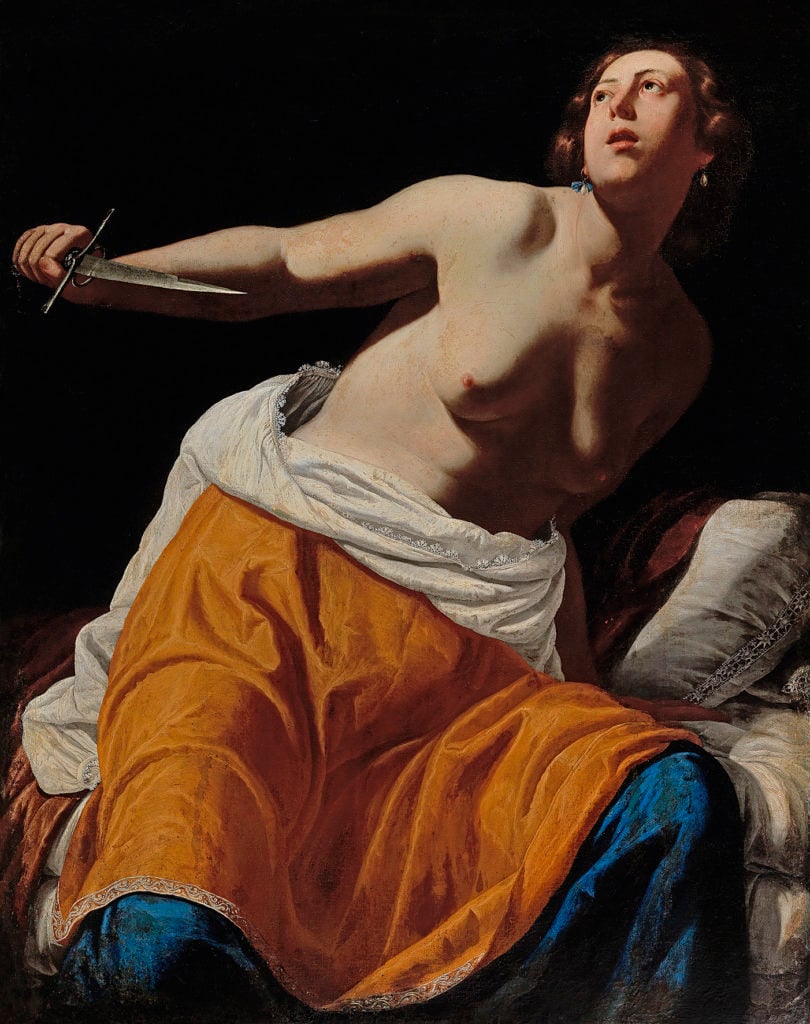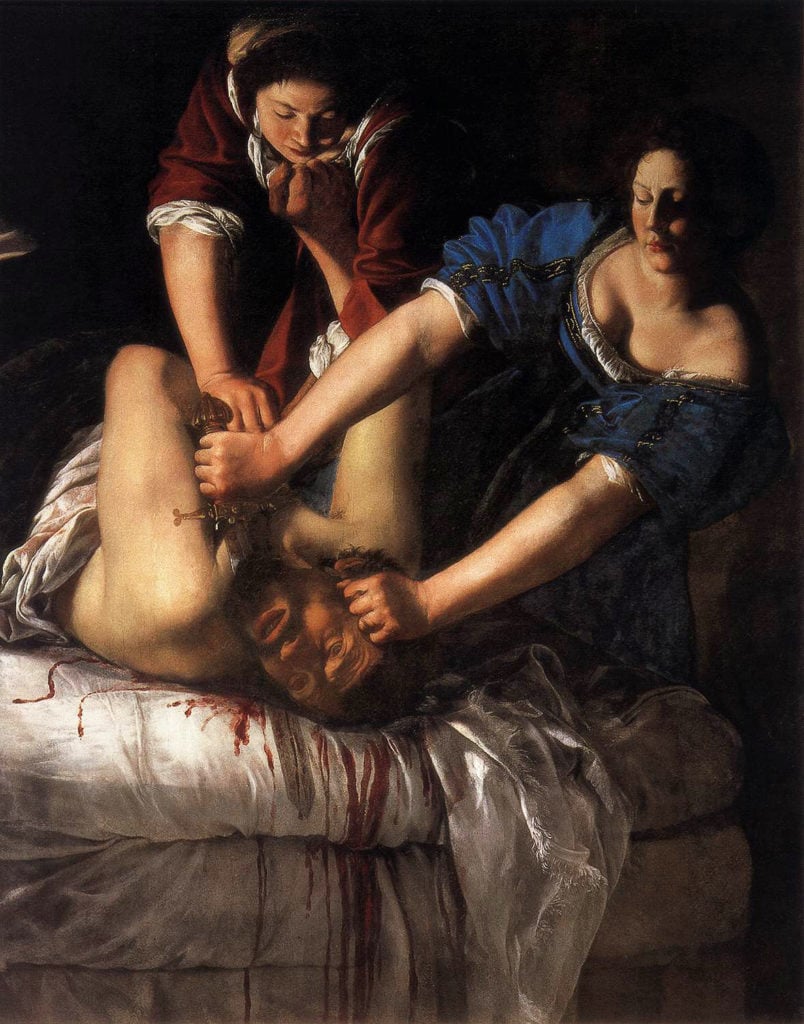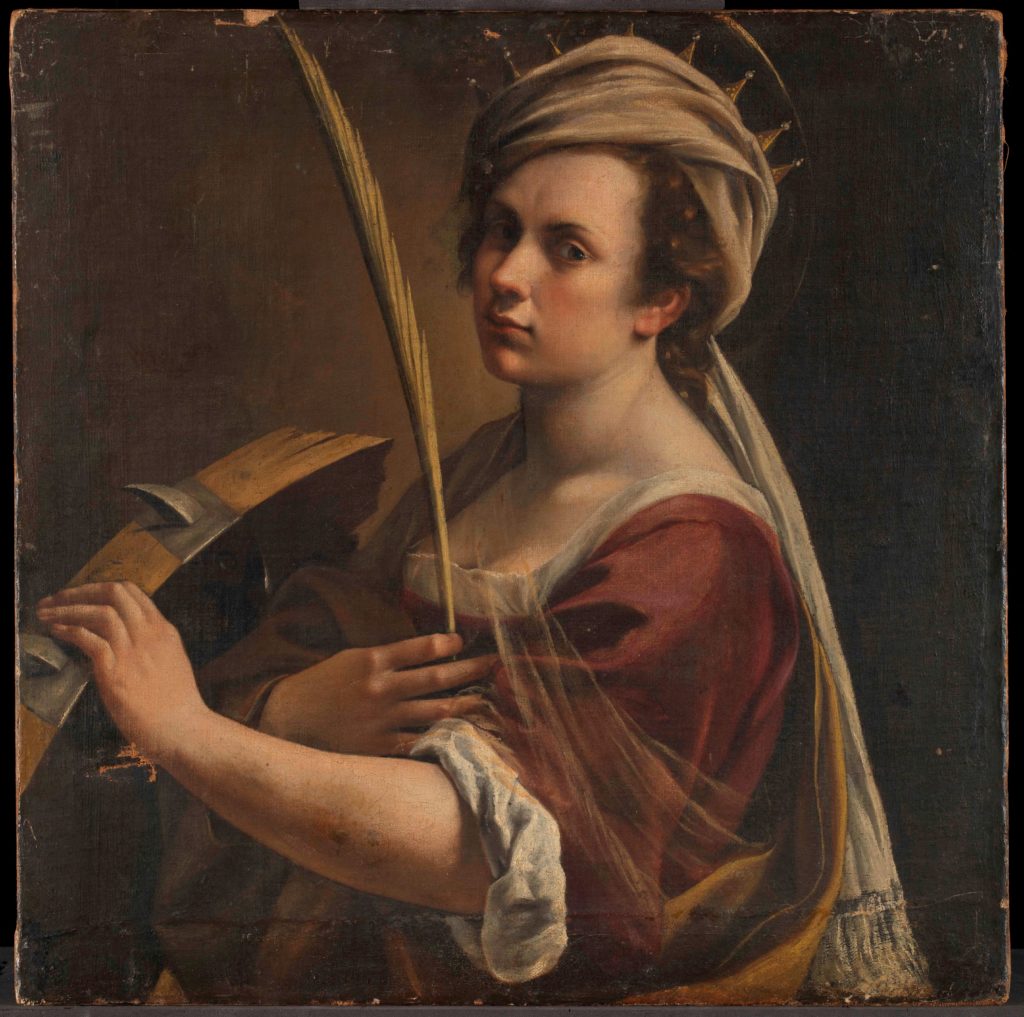Auctions
A Painting by Artemisia Gentileschi, the Female Renaissance Painter and Now #MeToo Symbol, Just Sold for Over $2 Million
Artemisia Gentileschi's depictions of strong, powerful women are attracting a new wave of market and museum interest.

Artemisia Gentileschi's depictions of strong, powerful women are attracting a new wave of market and museum interest.

Sarah Cascone

The 17th-century Italian Baroque painter Artemisia Gentileschi’s Lucretia sold for more than double its high estimate of €700,000 ($800,000) at Dorotheum’s Old Master sale in Vienna yesterday. The painting, which had never been publicly exhibited before, went to an Australian collection for €1.88 million ($2 million), the latest in a recent string of high prices for Gentileschi’s work. But her growing market should come as no surprise to those familiar with her oeuvre.
“It’s important to understand that Artemisia Gentileschi was one of the few female artists who actually made a living out of painting,” said Mark MacDonnell, an Old Master specialist at Dorotheum, in a video promoting the sale. “She was independent, she was successful, she was in demand—and that was very unusual for that time, and has made her very much a symbol of modernity.”
As a teenager, Gentileschi was raped by her art teacher, a man named Agostino Tassi. The case went to trial, and Gentileschi underwent a humiliating physical examination and was tortured in order to prove the veracity of her claims before Tassi was convicted and sentenced to exile. (You can still read the harrowing court transcripts, which inspired a young adult novel published earlier this year.)
Although her life story has sometimes over shadowed her work, Gentileschi didn’t let personal tragedy get in the way of her career. She became known for her dramatic, realistic depictions of women and sexual violence—work that seems incredibly timely in the age of #MeToo. Today, Gentileschi’s embrace of this challenging subject matter has made her “an important figure in symbolism for female struggle against tyranny,” said MacDonnell.

Artemisia Gentileschi, Judith Slaying Holofernes (c. 1614–1620). Courtesy of the National Museum of Capodimonte, Naples.
The history painting sold at Dorotheum depicts the tragic heroine Lucretia, whose rape and subsequent suicide inspired the people of Rome to replace their monarchy with a republic, according to ancient Roman historian Livy. The painting came up only a fraction short of the artist’s current auction record, according to the Artnet Price Database. The hammer price was €1.6 million ($1.8 million), compared to the €1.85 million ($2.18 million) achieved in December by the artist’s Self Portrait as Saint Catherine of Alexandria (circa 1615–17).
The Saint Catherine canvas sold for more than four times its high estimate of €400,000 ($472,800) at the Paris auction house Christophe Joron-Derem, but went on to command an even loftier price just a few months later when London’s National Gallery purchased it for £3.6 million ($4.7 million) from London dealer Robilant + Voena. (The gallery will offer two Gentileschi canvases at TEFAF New York Fall later this week, The Portrait of a Man for $2.8 million and Allegory of Fame for $205,000.)
Remarkably, it was the museum’s first work by the artist, and only the 21st artwork by a female artist to join the 2,300-piece collection. (The last acquisition by a women had been 27 years prior.)

Artemisia Gentileschi, Self Portrait as Saint Catherine of Alexandria (circa 1615). Courtesy of the National Portrait Gallery, London.
Gentileschi’s previous record had been set in June 2014, with the €865,000 ($1.17 million) sale of her long-lost canvas Mary Magdalene In Ecstasy. (Earlier that year, Christie’s New York had failed to find a buyer for Self-Portrait as a Lute Player (circa 1616–18), likely due to the hefty $3 million to $5 million pre-sale estimate. The painting was later acquired for an unknown price by the Wadsworth Atheneum Museum of Art in Hartford, Connecticut.)
There are only some 60 known Gentileschis, so her work has rarely come up at auction. A search of her name on the Artnet Price Database yields 62 results, but only 29 of those lots were definitively attributed to the artist. The other listings are possible attributions, or work by members of her circle.

Artemisia Gentileschi, Cleopatra (circa 1639–40). Courtesy of Galerie G. Sarti, Paris, ©Galerie G. Sarti, Paris.
Last month, a painting by the artist, Cleopatra, was on offer at Frieze Masters London, with an asking price of €2.8 million ($3.19 million). The piece was being advertised as coming from a private collection, and having been on loan to France’s Musée d’Art Toulon.
Outside auction houses and the art fair scene, work by Gentileschi can currently be seen at Belgium’s Museum voor Schone Kunsten Gent, in “The Ladies of the Baroque: Women Painters in 16th and 17th Century Italy.”